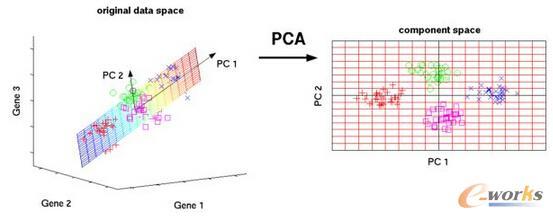We propose a supervised principal component regression method for relating functional responses with high dimensional predictors. Unlike the conventional principal component analysis, the proposed method builds on a newly defined expected integrated residual sum of squares, which directly makes use of the association between the functional response and the predictors. Minimizing the integrated residual sum of squares gives the supervised principal components, which is equivalent to solving a sequence of nonconvex generalized Rayleigh quotient optimization problems. We reformulate the nonconvex optimization problems into a simultaneous linear regression with a sparse penalty to deal with high dimensional predictors. Theoretically, we show that the reformulated regression problem can recover the same supervised principal subspace under certain conditions. Statistically, we establish non-asymptotic error bounds for the proposed estimators when the covariate covariance is bandable. We demonstrate the advantages of the proposed method through numerical experiments and an application to the Human Connectome Project fMRI data.
翻译:我们建议了一种受监督的主要部分回归法,用于将功能反应与高维预测器联系起来。与常规主要部分分析不同,拟议方法以新定义的预期综合残余方块和正方块为基础,后者直接利用功能反应与预测器之间的联系。最小化综合残余方块使受监督的主要部分形成,这相当于解决一系列非混凝土通用雷利商数优化问题。我们重新将非碳化优化问题转化为同时线性回归,同时对高维预测器适用微薄的处罚。理论上,我们表明重订回归问题在某些条件下可以回收同样的受监督的主要次空间。从统计学角度讲,当共变式可加带时,我们为拟议的估计器设定非被动错误界限。我们通过数字实验和对人类连接项目FMRI数据的应用,展示了拟议方法的优点。




